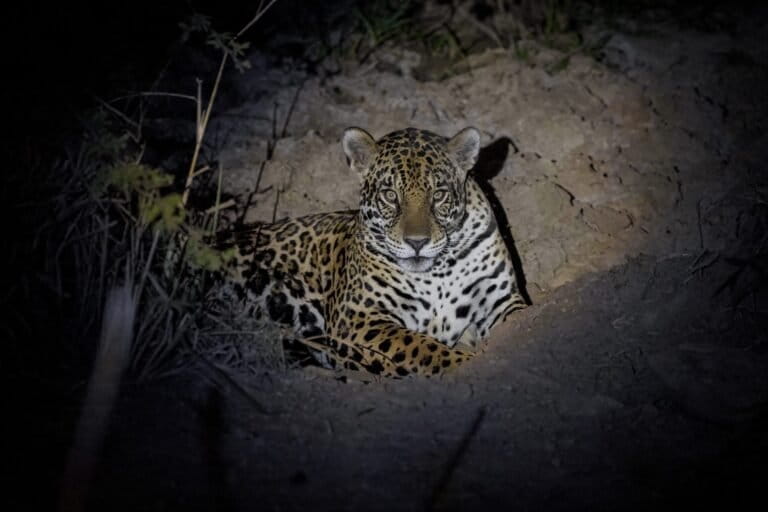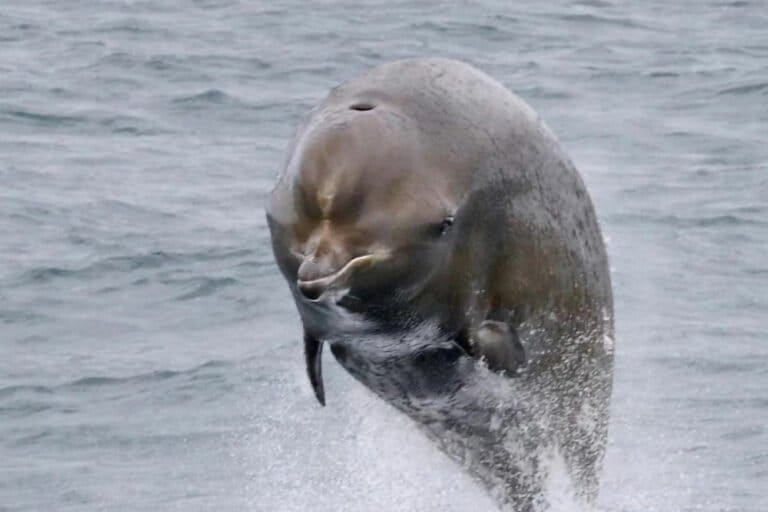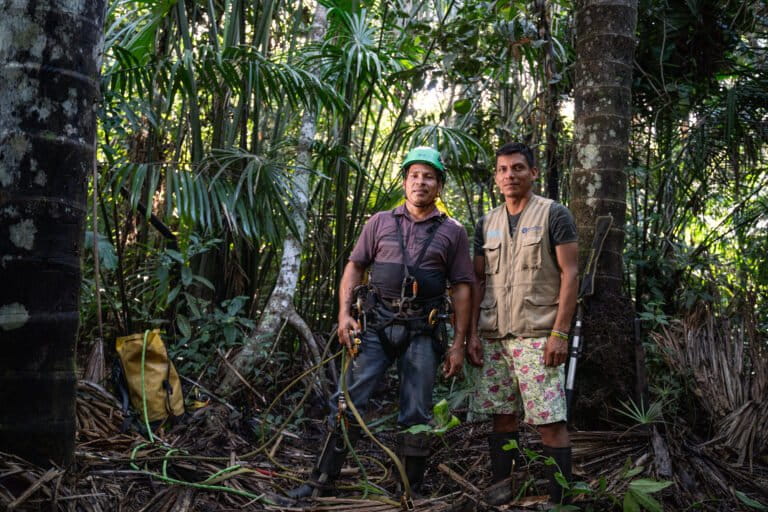Living in isolation for millions of years, cut off from sunlight and oxygen, surviving by breathing iron beneath an Antarctic glacier—such are the conditions of newly-discovered microbes living under Taylor Glacier in Antarctica’s desert-waste, the McMurdo Dry Valleys.
“Among the big questions here are ‘how does an ecosystem function below glaciers?’, ‘How are they able to persist below hundreds of meters of ice and live in permanently cold and dark conditions for extended periods of time, in the case of Blood Falls, over millions of years?,” says Jill Mikucki, lead author of the paper and research associate in the Department of Earth Sciences at Dartmouth.
These extremophiles, so-called because of their ability to live in conditions lacking warmth, light, and oxygen, survive in a briny liquid, not dissimilar from seawater, where no one would have expected life.
“This briny pond is a unique sort of time capsule from a period in Earth’s history,” says Mikucki. “I don’t know of any other environment quite like this on Earth.”
Researchers were surprised that the microbes were not wholly unfamiliar. In fact, they had many similarities to microbes found in marine environments, leading researchers, largely from Harvard University and Dartmouth College, to a novel hypothesis: these extremophiles are adapted remnants of a once larger population of ocean-dwelling microbes.
“The salts associated with these features are marine salts, and given the history of marine water in the dry valleys, it made sense that subglacial microbial communities might retain some of their marine heritage,” Mikucki said.
One scenario imagines that when sea levels fell more than 1.5 million years ago, microbes were trapped in a pool of leftover seawater, which was eventually covered-over by the Taylor glacier. Most of the life-forms would have perished, but the newly-discovered microbes must have adapted quickly enough to survive in their present form.
“It’s a bit like finding a forest that nobody has seen for 1.5 million years,” says Ann Pearson, Thomas D. Cabot Associate Professor of Earth and Planetary Sciences at Harvard. “Intriguingly, the species living there are similar to contemporary organisms, and yet quite different — a result, no doubt, of having lived in such an inhospitable environment for so long.”
Chemical analysis has shown that the microbes likely survived by breathing iron with the aid of sulfur catalyst. Since there was no sunlight for photosynthesis, the researchers believe the microbe survive by feeding off organic material that was trapped with them 1.5 million years ago.
The Dry Valleys of Antarctica, where the microbes were found, is one of Earth’s most extreme environments. Receiving only 10 centimeters (almost 4 inches) of snow every year, this vast desert supports no complex animal or plant life. In the summer temperatures sometimes rise enough to melt water from the glaciers pushing into the valleys, such as Taylor glacier, providing new water sources to lakes and pools covered over by ice.
The discovery and analysis of these unique microbial life forms may provide insight into Earth’s past as well as possibilities of life beyond our planet. The scientists believe the microbes will provide better understanding of the Earth’s geological period where ice sheets covered most of the terrestrial surface, a time aptly named “Snowball Earth”. As well, understanding these life forms may give scientists with better tools for locating life that may exist on other planets, including ice caps on Mars and one of Jupiter’s moon, Europa, which is a planetary body covered in ice.
CITATION: “A Contemporary Microbially Maintained Subglacial Ferrous ‘Ocean’,” by J.A. Mikucki; A. Pearson; D.T. Johnston; D.P. Schrag; A.V. Turchyn; J. Farquhar; A.D. Anbar; J.C. Priscu; P.A. Lee. Science, Vol 324. April 17, 2009.
Related articles
Photos: 13,000 species found in Arctic, Antarctic Oceans
(02/16/2009) A marine census has documented more than 13,000 species in the Arctic and Antarctic Oceans, including several hundred that may be new to science. Conducted over a two-year period under often perilous conditions — including monster waves and dangerous polar bears — the series of 18 surveys turned up a wealth of information on the diversity, distribution and abundance of marine life. The research will also help establish a baseline for measure changes in polar ecosystems.
Fossils grant new insight into the Antarctica’s natural history
(08/07/2008) At one time an alpine lake was inhabited by mosses and diatoms; insects such as beetles and midges crawled among sparse ferns and various crustaceans lived amid the lake’s calm waters. This tundra-like landscape was the last stand of life in Antarctica, and it existed up to 14 million years ago before suddenly vanishing.
Giant sea creatures discovered in Antarctica
(03/21/2008) An eight week long survey of New Zealand’s Antarctic waters has turned up giant creatures including jellyfish with 12-foot tentacles and 2-foot-wide starfish, as well as up to eight previously undiscovered species of mollusc, reports the Associated Press (A.P.).
Deep-sea krill discovered in Antarctica
(02/25/2008) Antarctic krill have been found living at depths up to 3000 meters near the Antarctic Peninsula, a finding that changes scientists’ understanding of a fundamental part of the ocean food chain. Previously researchers believed that krill lived only in the upper ocean.
Photos of bizarre creatures discovered in Antarctica
(02/19/2008) Researchers aboard the Aurora Australis, an Australian vessel, have discovered a trove of strange creatures on the sea floor near East Antarctica.














